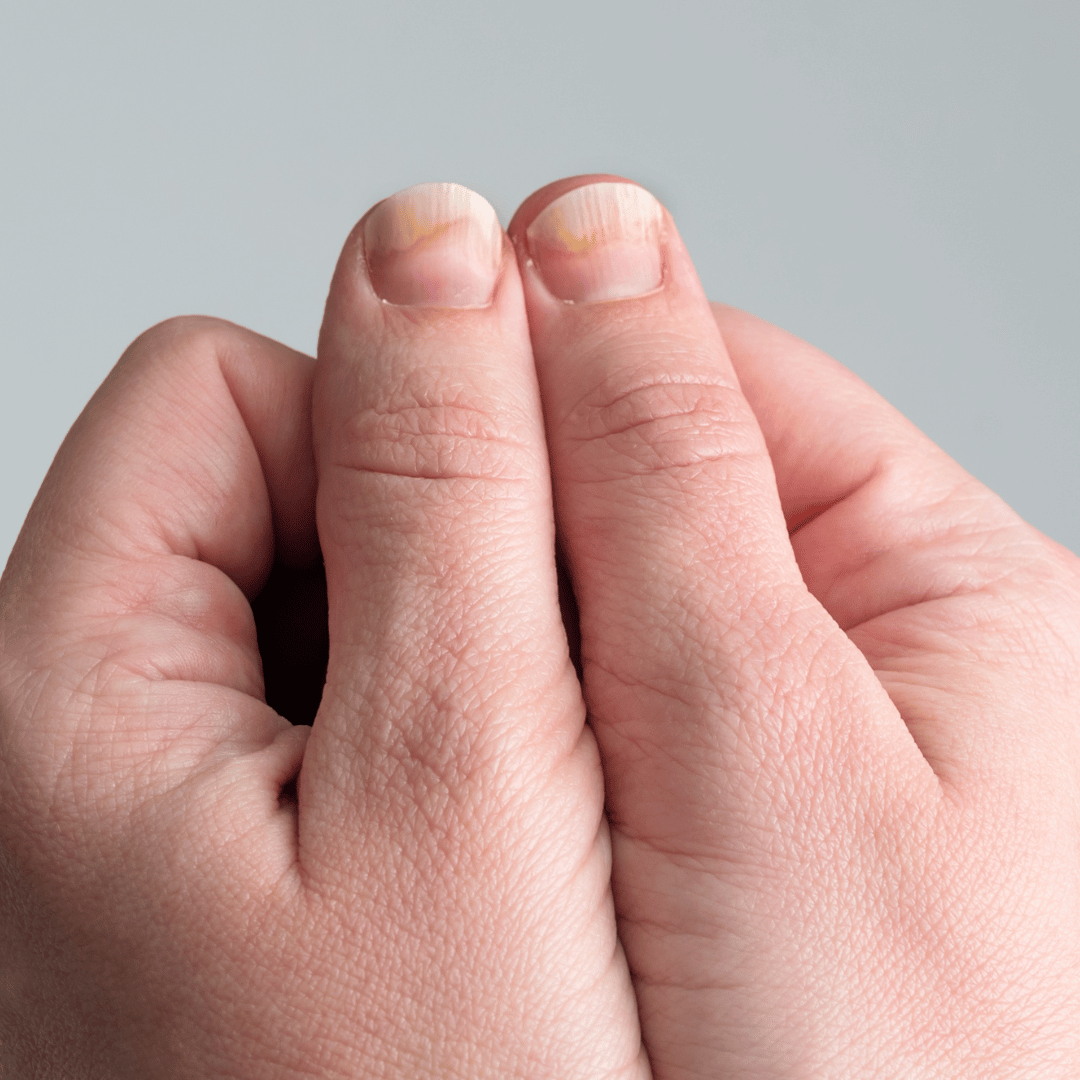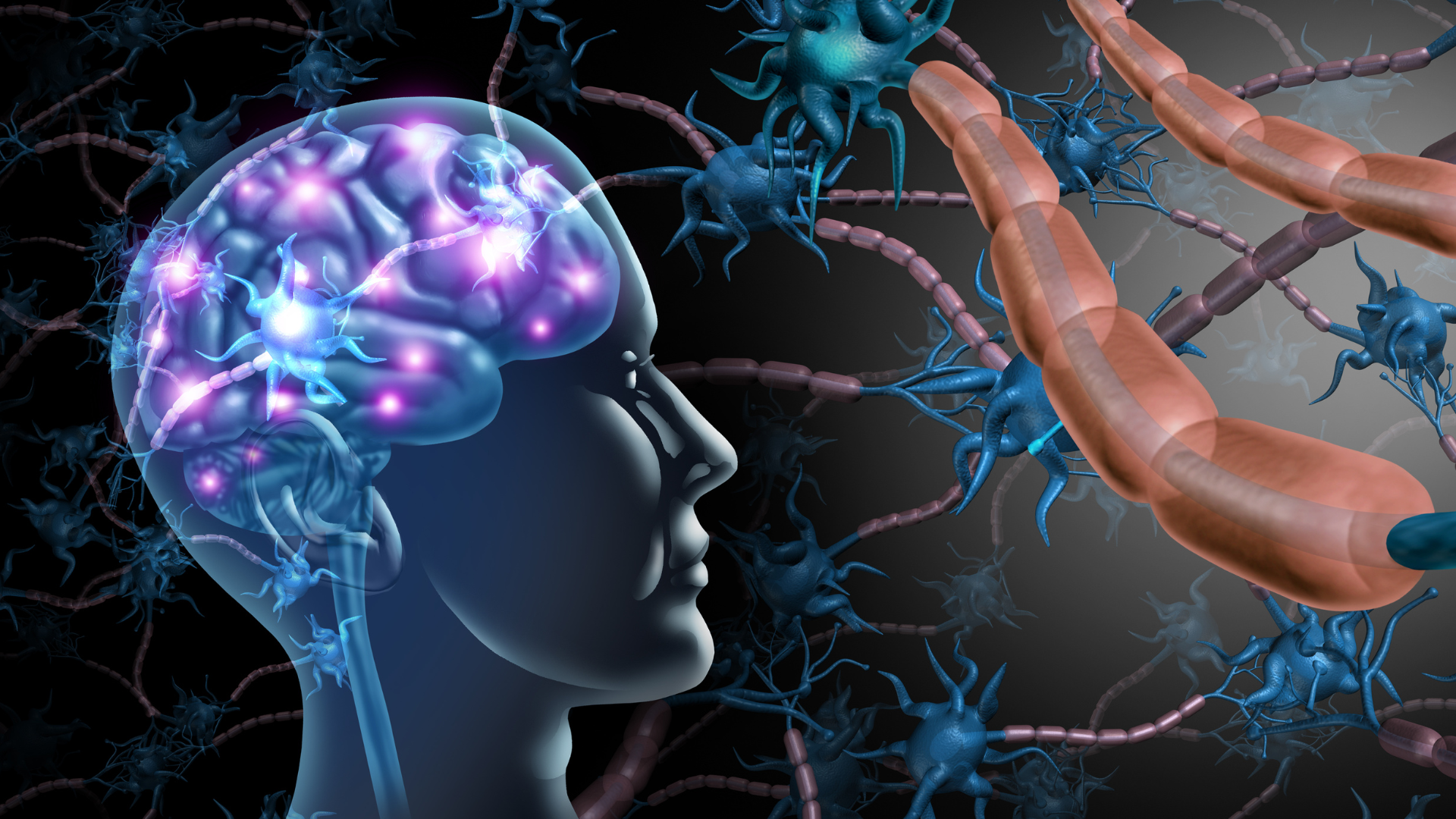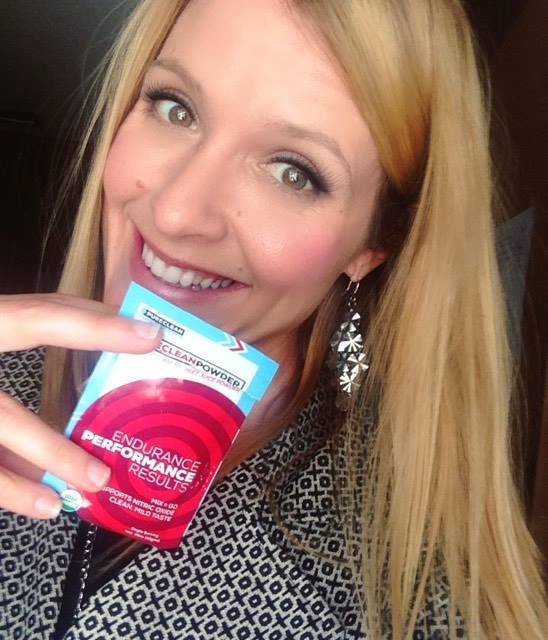
What Causes Vertical Ridges on Nails
Have you ever noticed those fine lines running from the cuticle to the tip of your nails?
These are known as vertical ridges, and while they are often harmless, they can sometimes be a sign of underlying health conditions or nutritional deficiencies.
Vertical ridges on nails are a common occurrence and can vary in appearance from fine and barely noticeable to more pronounced and deeply grooved.
They can appear on one or multiple nails, and their presence may raise questions about their causes and implications.
Today, we will explore the various factors that can contribute to the development of vertical ridges on nails.
We will delve into both temporary causes, as well as potential underlying health conditions that may be linked to persistent or significant ridges.
Understanding the causes of vertical ridges on nails can provide valuable insights into your overall health and help you determine whether any further action or medical attention is needed.
While vertical ridges are typically harmless, they can sometimes serve as indicators of underlying conditions that require attention and treatment.
Now, let’s begin our journey into understanding what causes vertical ridges on nails.
Number 7. Aging
Vertical ridges on nails are indeed a natural part of the aging process.
As we get older, various changes occur in our bodies, including our nails.
One of the key factors contributing to the formation of ridges is the gradual slowing down of keratin production.
Keratin is a fibrous protein that plays a vital role in the structure and strength of our nails.
It is responsible for maintaining the integrity and smoothness of the nail surface.
However, with age, the rate of keratin production in the nail matrix, the area where new nail cells are formed, tends to decrease.
This slowdown in production can lead to the development of vertical ridges.
The presence of these ridges is generally considered a cosmetic concern rather than a sign of an underlying health issue.
They are often harmless and do not typically require specific treatment.
However, it’s important to note that while vertical ridges are commonly associated with aging, they can also be influenced by other factors, as mentioned earlier.
So let’s move on to our countdown…
Number 6. Nutritional deficiencies
Now, let’s explore further how vertical ridges on nails can sometimes indicate nutritional deficiencies, particularly in minerals like zinc, iron, and calcium, and understand their impact on nail health and appearance.
You see, our nails require a balanced supply of essential nutrients to maintain their strength, structure, and overall health.
When there is a deficiency in certain minerals, such as zinc, iron, or calcium, it can manifest in various ways, including the appearance of vertical ridges on the nails.
Zinc is a crucial mineral that plays a vital role in maintaining healthy nails.
It is involved in protein synthesis and cell growth, which are essential processes for the formation of strong and smooth nails.
Insufficient zinc levels can lead to brittle or weak nails, and in some cases, vertical ridges may appear.
Iron is another important mineral that contributes to nail health.
A deficiency in iron, known as iron deficiency anemia, can result in brittle, thin, and spoon-shaped nails.
While horizontal ridges (Beau’s lines) are commonly associated with iron deficiency, severe deficiencies can also lead to vertical ridges.
Calcium is essential for the development and maintenance of strong bones and nails.
Inadequate calcium levels can weaken the nails, making them more prone to splitting, breaking, and developing ridges.
It’s important to note that while nutritional deficiencies can contribute to the formation of vertical ridges, they are not the sole cause.
If you suspect a nutritional deficiency as the cause of the vertical ridges on your nails, it’s advisable to consult with a healthcare provider or a registered dietitian.
They can assess your dietary intake, conduct appropriate tests, and provide guidance on proper nutrition and supplementation, if necessary.
Maintaining a well-balanced diet that includes a variety of nutrient-rich foods is key to promoting overall nail health.
Foods rich in zinc include oysters, nuts, seeds, and legumes.
Iron can be obtained from sources like lean meats, beans, fortified cereals, and dark leafy greens.
Calcium-rich foods include dairy products, leafy greens, and fortified plant-based milk alternatives.
By addressing any nutritional deficiencies and ensuring an adequate intake of essential minerals, you can support the health and appearance of your nails, potentially reducing the occurrence of vertical ridges.
Number 5. Dehydration
Maintaining proper hydration is crucial for the overall health and well-being of our bodies, including our nails.
When the body becomes dehydrated, it can affect the moisture balance within the nails, leading to various changes in their appearance and structure, including the formation of ridges.
Nails are made up of layers of keratin protein, which require adequate moisture to remain strong, flexible, and healthy.
When the body is dehydrated, it can result in decreased moisture levels, causing the nails to become dry, brittle, and more prone to developing ridges.
Dehydration can disrupt the natural moisture barrier of the nails, compromising their integrity.
As a result, vertical ridges may appear as a response to the lack of moisture and hydration.
It’s worth noting that dehydration can be caused by various factors, including inadequate fluid intake, excessive sweating, environmental conditions (such as hot and dry weather), certain medications, or underlying health conditions that affect fluid balance in the body.
To maintain proper hydration and support nail health, it’s important to drink an adequate amount of water and fluids throughout the day.
The general recommendation is to aim for at least 8 glasses of water per day, or more if needed, depending on individual circumstances and activity levels.
Remember, proper hydration is essential not only for overall health but also for the health and appearance of your nails.
By ensuring adequate moisture levels, you can help minimize the risk of developing ridges and maintain strong, resilient nails.
So stay mindful of your hydration, practice good nail care habits, and seek professional advice if needed to support the health and appearance of your nails.
Number 4. Trauma or injury
Our nails are exposed to various situations that can result in trauma or injury, such as accidentally hitting or crushing them.
These events can cause damage to the nail bed, the area where new nail cells are formed, leading to the development of ridges as the nails heal.
When the nail bed experiences trauma, it disrupts the normal growth and development of the new nail cells.
As the damaged nail cells regenerate and the nail begins to grow, ridges may appear as a visible sign of the healing process.
The severity and extent of the ridges can vary depending on the extent of the injury and the body’s individual healing response.
In some cases, the ridges may be more pronounced and take longer to diminish, while in others, they may be minimal and fade away more quickly.
It’s worth noting that the ridges caused by trauma or injury are usually temporary and will gradually diminish as the nail grows out.
However, it may take several months for the ridges to completely disappear, as nails grow slowly.
To support the healing process and minimize the appearance of ridges after a nail injury, it’s important to practice good nail care.
This includes keeping the injured nail clean and protected, avoiding activities that may further damage the nail, and providing proper nutrition to support nail health and regeneration.
Number 3. Nail care practices
Nail care is essential for maintaining healthy and beautiful nails.
However, it’s important to be mindful of the techniques and products we use, as certain practices can potentially damage the nails and result in the formation of ridges.
Excessive filing and buffing of the nails can weaken and thin the nail plate, which is the hard surface of the nail.
Over time, this can disrupt the natural structure and integrity of the nails, making them more susceptible to ridges and other nail problems.
It’s important to use gentle filing and buffing techniques and avoid excessive force or pressure to minimize the risk of damage.
The use of harsh chemicals, such as acetone-based nail polish removers or aggressive nail products, can also contribute to nail damage and the development of ridges.
These chemicals can strip away the natural oils and moisture from the nails, leaving them dry, brittle, and prone to ridges.
Opting for milder nail polish removers and using nail products that are gentle and nourishing can help protect the health and integrity of the nails.
Additionally, improper nail care practices, such as picking or biting nails, can cause trauma to the nail bed and surrounding tissues.
This can lead to nail damage and the subsequent formation of ridges as the nails heal.
To promote healthy nails and minimize the risk of ridges caused by nail care practices, consider the following tips:
Practice gentle filing and buffing:
Use a fine-grit nail file and gentle strokes to shape and smooth the nails. Avoid excessive filing and buffing, as it can weaken the nails.
Use gentle nail products:
Opt for nail polishes, removers, and treatments that are free from harsh chemicals and are specifically formulated to nourish and protect the nails.
Keep nails moisturized:
Regularly moisturize your nails and cuticles with a nourishing nail and cuticle oil or a moisturizing hand cream. This helps to maintain proper moisture balance and prevent dryness.
Avoid nail biting or picking:
These habits can cause damage to the nails and disrupt their natural growth. Find alternative ways to manage stress or anxiety, such as stress-relief techniques or using bitter-tasting nail polish to discourage nail biting.
By adopting healthy and mindful nail care practices, you can protect the integrity of your nails and reduce the risk of ridges caused by excessive filing, buffing, or the use of harsh chemicals.
Remember, healthy nails are beautiful nails.
Number 2. Systemic diseases
In some cases, persistent or significant vertical ridges on nails can be associated with underlying systemic conditions.
These conditions include psoriasis, eczema, thyroid disorders, and autoimmune diseases. Let’s explore how these conditions can potentially contribute to the development of ridges on nails.
Psoriasis is a chronic autoimmune condition that affects the skin, causing red, scaly patches.
It can also impact the nails, leading to changes in their appearance.
Individuals with psoriasis may experience vertical ridges, along with pitting, discoloration, and crumbling of the nail plate.
These nail changes result from the abnormal growth of skin cells due to the autoimmune response.
Eczema, also known as atopic dermatitis, is a chronic inflammatory skin condition characterized by dry, itchy, and inflamed skin.
Although eczema primarily affects the skin, it can also influence the nails.
The underlying inflammation and disruption of normal nail growth in individuals with eczema can lead to the presence of vertical ridges.
Thyroid disorders, such as hypothyroidism (underactive thyroid) or hyperthyroidism (overactive thyroid), can impact various bodily functions, including nail health.
Changes in nail appearance, including the presence of vertical ridges, can be associated with thyroid dysfunction.
Hormonal imbalances and altered nail cell growth are likely contributing factors, although the exact mechanisms are not fully understood.
Autoimmune diseases, such as lupus, rheumatoid arthritis, and systemic sclerosis, can affect multiple organs and tissues, including the nails.
Inflammation, tissue damage, and changes in nail growth patterns can occur in individuals with autoimmune diseases.
Vertical ridges may be one of the observed nail abnormalities in these cases.
It’s important to note that while vertical ridges on nails can be associated with these systemic conditions, the presence of ridges alone is not conclusive evidence of an underlying condition.
Other symptoms and diagnostic tests are typically required to confirm a specific systemic condition.
Number 1. Medications and treatments
Medications, including chemotherapy drugs, can have various side effects on the body, including the nails.
Chemotherapy works by targeting rapidly dividing cells, which can affect not only cancer cells but also normal cells in the body.
Nails are composed of rapidly dividing cells, and as a result, chemotherapy can interfere with their normal growth and development.
This disruption can lead to changes in nail appearance, including the formation of ridges.
Chemotherapy-induced nail changes can vary from person to person.
Vertical ridges, along with other alterations such as discoloration, brittleness, or nail loss, may occur during or after chemotherapy treatment.
These changes can be temporary or may persist for a longer period depending on the individual and the specific chemotherapy regimen used.
Similarly, radiation therapy, which is often used in the treatment of cancer, can also affect nail health.
Radiation can cause damage to the cells in the nail matrix, leading to changes in nail growth and structure.
This can result in the development of ridges and other nail abnormalities.
It’s important to note that not all individuals undergoing chemotherapy or radiation therapy will experience nail changes.
The severity and specific nail alterations can vary based on factors such as the type and duration of treatment, individual sensitivity, and overall health status.
If you are undergoing chemotherapy or radiation therapy and notice significant changes in your nails, including the appearance of ridges, it’s essential to discuss these concerns with your healthcare team.
They can provide guidance, offer supportive care measures, and monitor your nail health throughout the treatment process.
In many cases, nail changes caused by chemotherapy or radiation therapy are temporary, and the nails tend to recover over time once the treatment is completed.
However, it’s important to note that it may take several months for the nails to fully regain their normal appearance and texture.
In the meantime, practicing good nail care habits can help minimize discomfort and promote nail health during and after treatment.
This includes keeping the nails clean and trimmed, avoiding excessive use of harsh chemicals or nail products, and maintaining proper moisture and hydration levels.
If you have concerns about nail changes or the appearance of ridges during cancer treatment, it’s crucial to consult with your healthcare team.
They can provide personalized advice and support to help manage nail-related side effects and ensure your overall well-being during this challenging time.
And there you have it, the 7 main causes of vertical ridges on nails.
We hope you found this information helpful.
Now, here’s a question for you: Have you ever experienced vertical ridges on your nails? If so, what steps did you take to address them?
Share your thoughts and experiences in the comments below.









